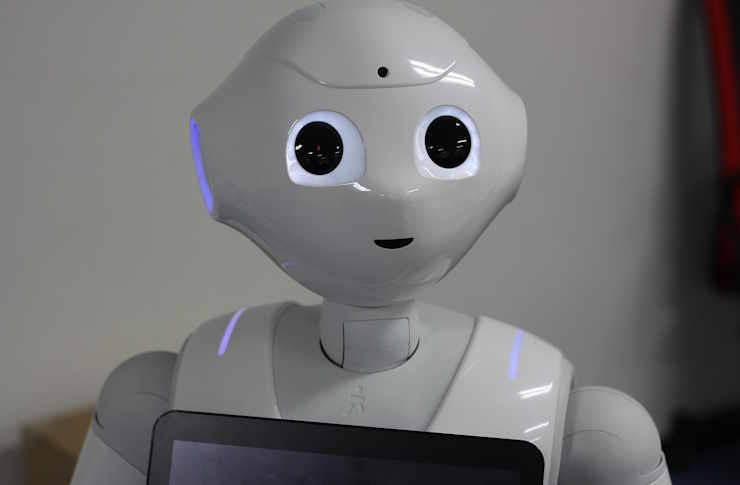Unraveling the Enigma of Biohybrid Robots: The Future of Tech Is Alive!
Imagine a world where robots are not just metal and wires, but a fascinating blend of biological and synthetic materials, producing an entirely new genre of technology. Welcome to the realm of biohybrid robots! These intriguing entities, still in their early stages of development, are paving the way for a revolutionary era in technology.

The Birth of Biohybrid Robots
Biohybrid robots are not your typical science fiction trope. This unique blend of biology and technology is very much real and under active research. The concept of biohybrid robots was born out of the desire to create machines that could adapt to their environment, self-heal, and perform tasks that traditional robots can’t. The first rudimentary biohybrid robots were created using living cells embedded in a non-living matrix, like the creation of a stingray-inspired robot by Harvard University in 2016.
The Anatomy of Biohybrid Robots
The structure of a biohybrid robot is a marvel in itself. These robots combine artificial materials like polymers, metals, or ceramics with living cells or tissues. Essentially, the living cells serve as the “motor” of the robot, responding to external stimuli and producing movement. For example, the stingray robot mentioned earlier used genetically engineered heart cells from rats to propel itself through water.
The Current State of Biohybrid Robots
The field of biohybrid robotics is still in its nascent stage. However, researchers have made some remarkable advancements. Last year, scientists at the University of Vermont and Tufts University developed a biohybrid robot named “Xenobot” using frog cells. These tiny robots could move, work together in groups, and even heal themselves after being cut. Despite these advancements, it’s important to note that we’re still far from having biohybrid robots in practical applications.
The Potential Applications of Biohybrid Robots
The potential applications of biohybrid robots are staggering. They could potentially be used for targeted drug delivery, environmental cleanup, or even delicate surgical procedures. One of the most promising applications is in the field of medicine, where biohybrid robots could be designed to navigate through the human body, delivering drugs directly to cancer cells or performing microsurgeries.
The Price Tag on Biohybrid Robots
As for the cost of these incredible machines, it’s a bit early to pin a price tag on biohybrid robots. The costs involved in their development include not only the materials used but also the extensive research and development required to bring these robots to life. However, as the field matures and the technology becomes more widespread, the costs are expected to decrease, just as it happened with other technological innovations.
The world of biohybrid robots is still in its infancy, but the progress being made is nothing short of astounding. As we stand on the precipice of this new technological era, only time will tell where these fascinating machines will lead us. The future of tech, it seems, is alive!




